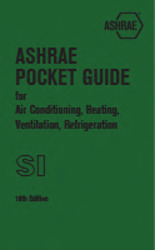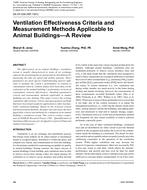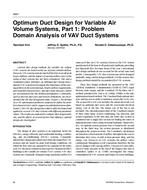Endotoxin has been widely recognized as an animalproduction- related biological hazard and should ideally be removed from the exhaust air stream of an animal confinement building. The size and concentration of endotoxin at the building’s air exhaust constitutes essential information for designing and operating an endotoxin abatement process. In this study, PM10 and PM2.5 samples were seasonally collected at the air exhaust of 18commercial animal confinement buildings (including tom turkey, laying hen, swine gestation, swine farrowing, swine weaning, and swine finishing), and the PM10 and PM2.5 associated endotoxin levels were determined using a kinetic chromogenic Limulus amoebocyte lysate (LAL) assay. The highest airborne endotoxin concentrations were detected in tom turkey buildings (geometric mean concentration [GM]: PM10 – 693.0 endotoxin units [EU]/m3 [19.62 EU/ft3], PM2.5 – 78.4 EU/m3 [2.22 EU/ft3]) while the lowest concentrations were found in swine gestation buildings (GM: PM10 – 63.9 EU/m3 [1.81 EU/ft3], PM2.5 – 20.5 EU/m3 [0.58 EU/ft3]). Poultry buildings had substantially higher airborne endotoxin concentrations than swine buildings. However, in terms of endotoxin concentration in PM (i.e., endotoxin per mass of PM, EU/mg), no significant difference was seen between poultry and swine or among different building/operation types. PM10 samples had on average169%plus or minus133%higher endotoxin concentrations in PM than their corresponding PM2.5 samples, suggesting that endotoxin pollution was mainly contributed by coarse particles. Ambient temperature/season showed no significant effect on airborne endotoxin concentrations but had significant effects on endotoxin concentration inPM samples.
Product Details
- Published:
- 2014
- Number of Pages:
- 10
- File Size:
- 1 file , 440 KB
- Product Code(s):
- D-NY-14-026
- Note:
- This product is unavailable in Russia, Belarus


